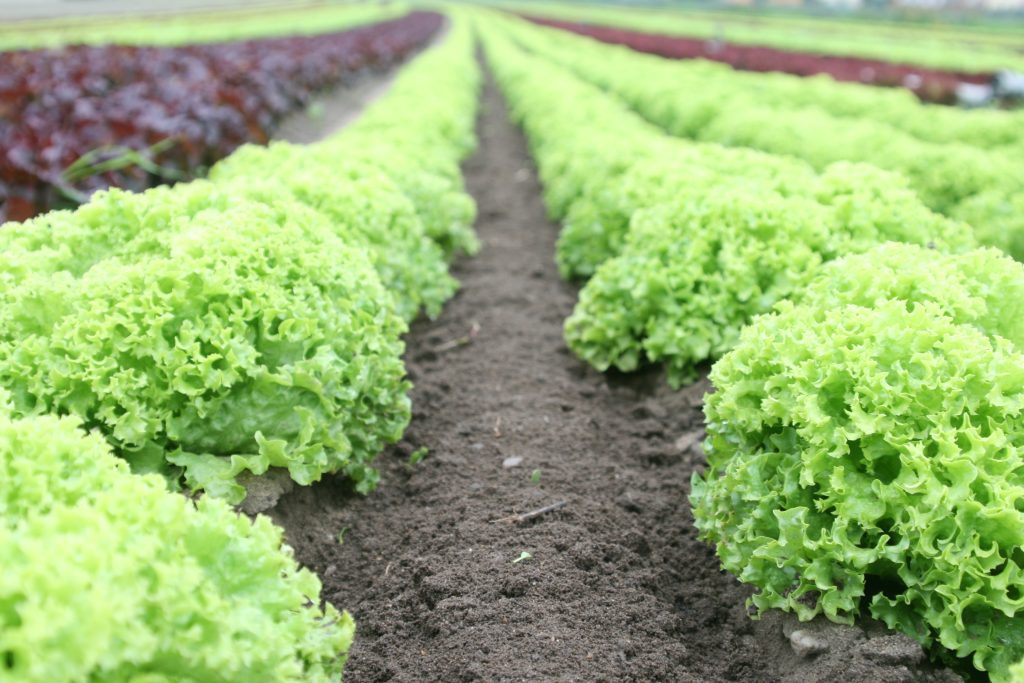Hello, eco-champions and food enthusiasts! Today, we’re setting sail on an adventure into the vibrant landscape of organic farming. But, hold on tight because we’re not just talking about the garden-variety organic farms you might be familiar with. Instead, we’re exploring the captivating realm of agroecology, where organic farming goes beyond the ordinary and enters the realm of innovation and creativity.
Join us as we unlock the doors to a future where sustainable farming becomes an art form, ecosystems thrive, and your food is as remarkable as the journey it takes from the field to your plate. Ready to step into this mesmerizing world of agroecology? Let’s start the voyage!
1. Agroecology: Farming with Nature
Agroecology is more than just a farming method; it’s a philosophy. It’s the marriage of ecological principles and traditional farming practices, where nature is the guide, not a disruptor. Picture a harmonious orchestra of plants, insects, and soil working in unison to produce your food. That’s agroecology.
In this remarkable approach, farms mimic natural ecosystems. Diverse plant species are grown together, much like the diverse flora in a forest. This is more than just planting a few vegetables side by side; it’s about creating a whole ecosystem within a farm, where every plant has a role to play.
2. Biodiversity is the Buzzword
In agroecological farms, diversity reigns supreme. Instead of vast monoculture fields, agroecology promotes mixed cropping, companion planting, and polyculture. This biodiversity naturally reduces the need for chemical pesticides and fosters healthier ecosystems.
Agroecological farms are like a mini Eden, where each plant helps the other. For example, certain herbs can repel pests that might harm nearby crops. It’s a dynamic, ever-evolving balance that mimics the wonders of nature.
3. Resilient Crops with a Dash of Permaculture
Agroecology combines permaculture principles into farming, promoting perennial crops alongside annuals. This design makes farms more resilient to climate change and sustainable for the long haul.
Imagine an apple orchard, but instead of just apples, you have a mix of fruit trees, berry bushes, and nut-bearing trees, all coexisting in harmony. This creates a resilient, self-sustaining ecosystem within the farm.
4. Pests Have Natural Predators
In the world of agroecology, pests don’t have the upper hand. Predatory insects and birds are your allies. They’re the knights in shining armor, defending your crops from the bad bugs.
Agroecology harnesses nature’s balance. Instead of using chemical pesticides, farmers encourage beneficial insects and birds to keep pest populations in check. It’s like having a natural army of protectors for your crops.
5. Soil Health is a Priority
Agroecological farms cherish their soil like a precious treasure. No-till farming, composting, and cover cropping are just some of the techniques that ensure the soil remains nutrient-rich and teeming with life.
The soil is the lifeblood of any farm. In agroecology, farmers understand that healthy soil equals healthy plants. Techniques like no-till farming prevent soil erosion and allow the soil to build its own rich ecosystem of microorganisms, earthworms, and more.
6. Food Forests: A Garden of Eden
Imagine a farm that resembles a lush, thriving forest. That’s the magic of food forests, where edible crops coexist with native plants, trees, and shrubs. It’s not just food; it’s an edible ecosystem.
Food forests are like stepping into an enchanted forest where every nook and cranny is bursting with edible treasures. Fruit trees, berry bushes, and edible plants grow together, creating a self-sustaining paradise where you can forage your own food.
7. Water Wisdom
Agroecology is water-wise. Techniques like rainwater harvesting and drip irrigation minimize water waste, ensuring farms remain sustainable even in arid regions.
Water is a precious resource, and agroecology treats it with the utmost respect. Rainwater harvesting systems capture and store rainwater, making the most of every drop. Drip irrigation delivers water directly to the roots of plants, minimizing waste and maximizing efficiency.
8. Ethical Animal Farming
For those who embrace animal agriculture, agroecology calls for humane and ethical treatment of livestock. This includes pasture-based systems where animals have space to roam and graze.
In agroecology, animal welfare is paramount. Ethical farming practices prioritize the well-being of animals. It’s not just about the end product; it’s about ensuring that animals are raised in a manner that respects their natural behaviors and needs.
9. No More Food Waste
Agroecology isn’t just about what happens in the fields; it’s about ensuring that every bit of food is valued. Farm-to-table models reduce waste and support local communities.
Food waste is a global problem, and agroecology tackles it head-on. By connecting local farms with consumers, it reduces the distance food travels and ensures that every bit of produce is cherished and utilized, reducing waste and supporting local economies.
10. Farming in Harmony with Nature
Agroecology is a symphony where every plant and creature has a part to play. It’s about working with, not against, nature. It’s an approach that ensures our food is both delicious and ecologically sound.
Agroecology is like composing a beautiful piece of music, where every element is in harmony, and nature’s principles are respected. It’s a symphony where the result is delicious, nutritious, and sustainable food.
So there you have it – a glimpse into the captivating world of agroecology. It’s a fresh and invigorating take on organic farming, where every acre is a canvas and every meal a masterpiece.
Now, we invite you to join the conversation. What are your thoughts on the agroecological revolution? Have you experienced the taste of food grown with nature’s guidance? Share your insights and ideas in the comments below, and let’s keep the agroecology journey alive and thriving!

